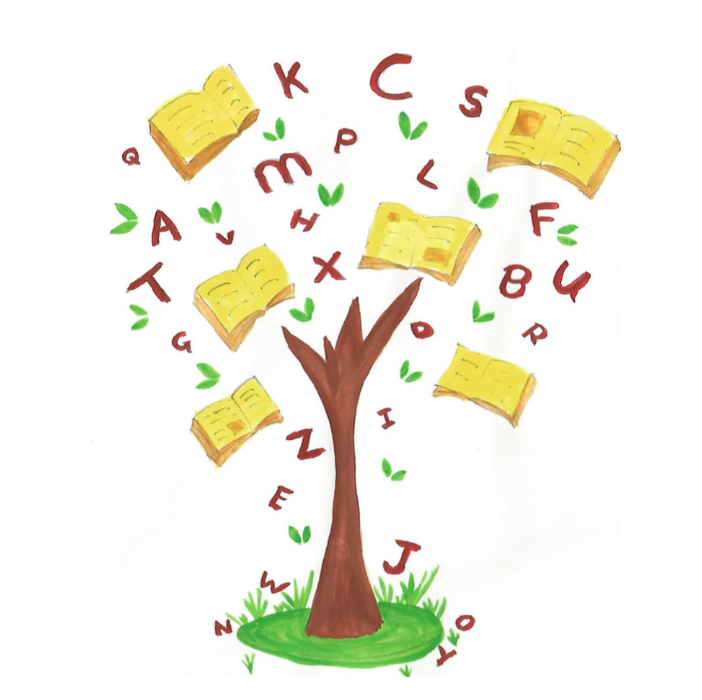Boost your child’s speech at these 5 key times!
In the new year there is so much out there about new habits and new routines, but what if you could support your child’s speech & language skills without having to develop a whole new routine? Wouldn’t that be ideal? Well in this blog post I explain how you can do just that!
Let me start by explaining why this is a valid and important thing to do by referencing my cat – Richard Parker (note: he is always referred to by his full name, and yes that is extremely embarrassing when you are trying to call him in from outside).
Richard Parker has come to understand pretty well what is happening day to day and that is through the power of routines.
For example, when he comes in from outside in the winter I wipe his paws so that he doesn’t get muddy wet footprints everywhere, he completely allows me to do so because we have built a routine around it.
It looks like this… he comes in, as I open the door I say “let me do your paws”, I then pop him on a towel and count “1…2…3…4” as I do all four paws, then I say “good boy Richard Parker, come on then” to which I go get a treat out the drawer which he follows me over to.
Now of course I am not comparing your child to my cat, but I am simply making the point that if Richard Parker can (broadly!) understand the concept of me counting his paws, then there is some serious power in routines.
Ok let’s get into it then, which routines can we maximise and how! I break down 5 key routines you can use to boost your child’s understanding and expressive skills.
Breakfast time!
The key thing to think about during breakfast is what parts can be choices & which parts are fixed, and to try and repeat this process each time. For example, there may be a certain breakfast your little one always has, but perhaps the bowl or plate can change.
So it might look like this…
Fixed: Toast is in the toaster, you say “your bread is toasting” (whilst pointing to the toaster).
Choices: “which plate do you want today? Chase or Rubble?” (whilst holding up the two plates). “ok great – the Chase plate!”
Fixed: the toast pops up and you say “toast is ready”, you put the toast on the plate and take the butter over
Choices: “who is going to butter the toast? Mummy or Emma?” (whilst gesturing to you and them).
If your mornings are anything like mine, you may not have time for this decision making from your little one! If that’s the case don’t worry – save this for the weekend, and during the week instead just focus on commenting on what is happening (e.g. “toast on the Chase plate...yummy!”).
Getting dressed!
Now the same applies as breakfast time, think about the things that are fixed (e.g. if it’s winter we are wearing a jumper!) and the areas where choices can be given (e.g. the colour of jumper). It’s consistent and repeated exposure to words that allows us to understand and use them, which is why routines are so useful for supporting communication.
Again, if you have the time, add some extra concepts into this routine…
- Can the sock jump over to their foot?!
- Can the top fly over?!
- Can the trousers roll over to them?
Comment whilst you are doing all these things, by doing so you are teaching action words in a new context!
On the walk to nursery!
On the journey to nursery comment/ label the things you see/ hear/ smell on the way (e.g. “I can hear the bin lorry”, “it’s very smelly!”, “can you smell the rubbish?!”).
To step this up a notch, try to have a theme of the month (e.g. transport, or, nature, or, weather), and focus the majority of your comments around those areas (e.g. “wow look the bus has big wheels! The cars have small wheels”). By having a theme you give your little one the opportunity to learn different words they may not have come across yet.
At the park
The park has to be one of the best places for teaching action and descriptive words (swing, climb, slide, fast, slow, high)!
For this one I would simply comment on what is happening “look at you, you’re sliding! You’re sliding so fast!”.
It’s also a nice place to model language around turn taking, and I am sure there will be opportunities that present themselves where you can model self-advocacy skills too “Emma was next to go down the slide, it’s her turn now”.
Bath time
Go back to basics with this one and think about the choices and fixed parts of this routine. Can there be choices around bath toys? Are there choices around bubbles? Pjs? Towels?
Use visuals whilst giving choices e.g. “do you want the blue bubbles or the pink bubbles” (whilst holding up the bottles). Otherwise, these concepts can be too abstract, and the effort involved in recalling what the blue bubbles actually are can make children switch off altogether.
Are you going to give this a go? If you are drop me a DM with a cat emoji so I know you read this blog post and can check in with how you’re getting on.






